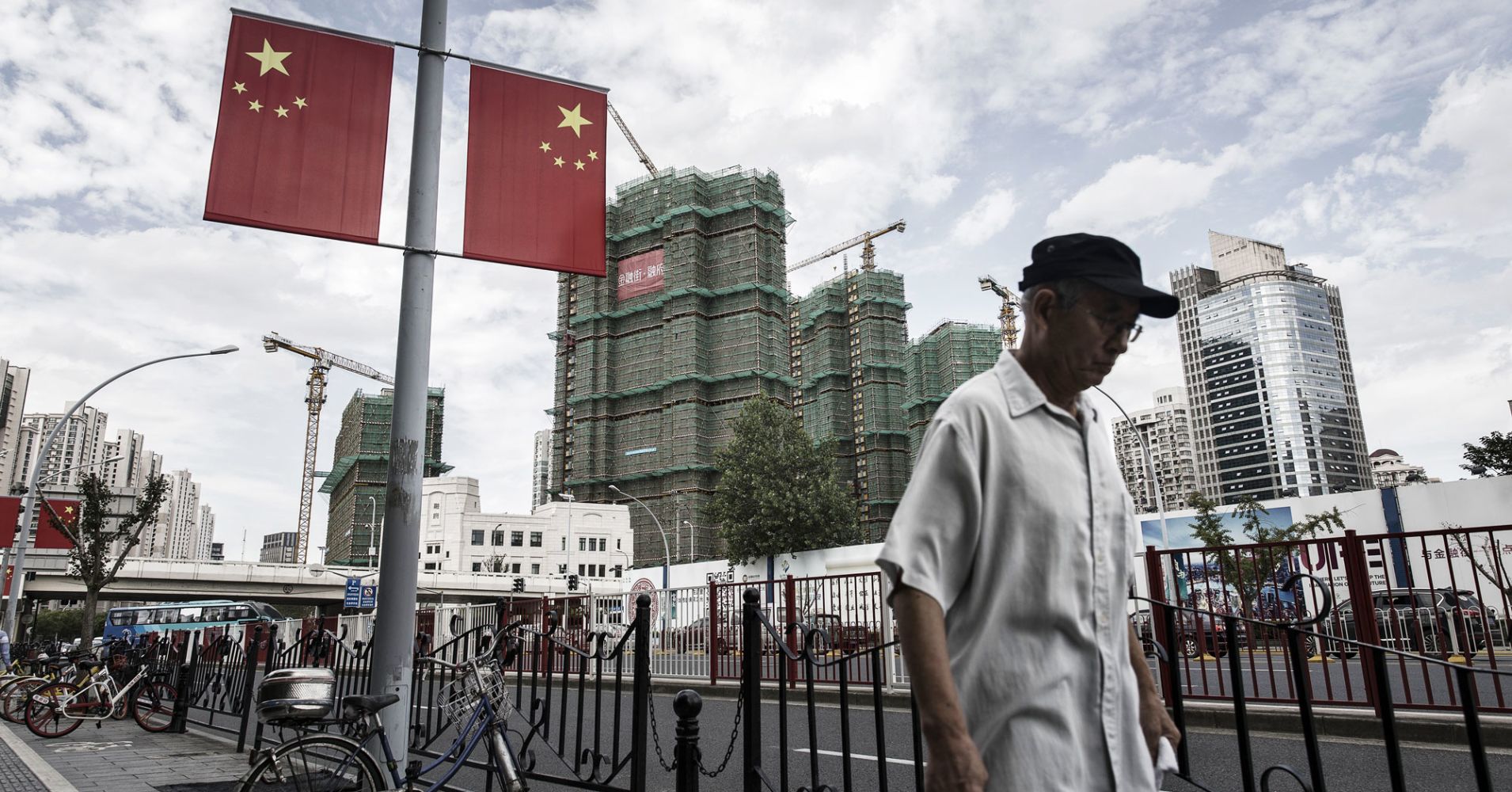
China on Monday posted second-quarter GDP growth of 6.7 percent from a year ago, slightly lower than 6.8 percent in the first quarter of 2018 as Beijing has been cracking down on risky credit amid escalating trade tensions with the U.S.
The official reading was in line with expectations from analysts polled by Reuters.
The headline figure was no surprise as any impact from current U.S.-China trade scuffles will only factor in the second half of the year, said Fraser Howie, an independent analyst.
There may be a bumpy ride ahead as China’s economy is not impervious to external threats, he added.
“China’s economy can be knocked, and when it comes to trade, it influences a lot of sectors, a lot of jobs associated with it. Net export sheds are a small percent of GDP but your brain is only 3 percent of your body mass [and] losing 3 percent can be very important to you,” Howie told CNBC’s “Street Signs.”
It’s a delicate balancing act.
Trade tensions between China and the U.S. have weighed on sentiment, particularly as the property market is slowing in first-tier cities such as Beijing and Shanghai, said Hao Zhou, senior emerging market economist for Asia at Commerzbank.
“I think it’s a little bit tricky at this moment. On the one hand, China commits to financial deleveraging. On the other hand, China sees growth moderation and growth slowdown is a risk for the economy as well,” Zhou said on “The Rundown.”
Fixed asset investment growth for the first half of 2018 was a record low at 6.0 percent from a year ago, while industrial output for June matched the the slowest growth rate in over two years at 6.0 percent, according to Reuters’ records.
The situation poses a policy dilemma as the China needs to implement relatively tight monetary policy to force financial deleveraging. However, it also needs easier monetary conditions to support growth.
The People’s Bank of China has already cut banks’ reserve requirements three times this year.
As the risks from the U.S.-China trade war will be a drag on overall growth in the next few years if China’s trade surplus against the U.S. narrows substantially, Beijing is likely to continue easing monetary policy going forward, Zhou said. That is particularly since domestic consumption will slow on escalating trade tensions.
Although Beijing’s official GDP figures are closely watched as an indicator of the health of the world’s second-largest economy, many outside experts have long expressed skepticism about the veracity of China’s reports.

